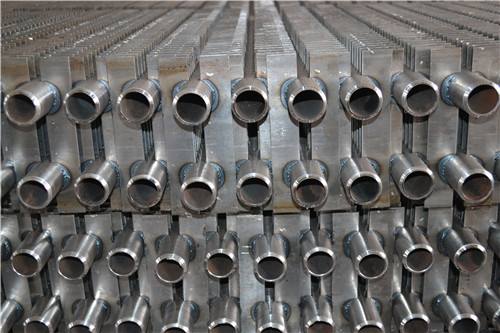What is double-H type finned tubes?
The double-H type finned tubes are a type of enhanced heat exchange element that is commonly used in land and marine boilers. The main heat exchange element is a double-H type finned tube, which is distinguished by 1. The fins are welded to the smooth tubes surface. 2. The fin welding contact part has multiple serrations, the heating surface is uniform and securely welded, and the welding leg is uniform and smooth. The penetration rate is 97%, with no slag blowhole weld overlap.
Double H Finned Tubes | ||||
Base Tube Material | Fin Material | Tube Length (mm) | Fin length (mm) | Fin Tube Quantity (Pc) |
ASME SA210 A1 | Carbon Steel | 13000 | 12900 | 174 |
Base Tube O.D (mm) | Base Tube Thickness (mm) | Fin Height (mm) | Fin Thickness (mm) | Fin Pitch (mm) |
38.1 | 3.5 | 70*145 | 2.0 | 5 |
ASTM A210 is standard Specification for Seamless Medium-Carbon Steel Boiler and Superheater Tubes | ||||

Comments
Post a Comment